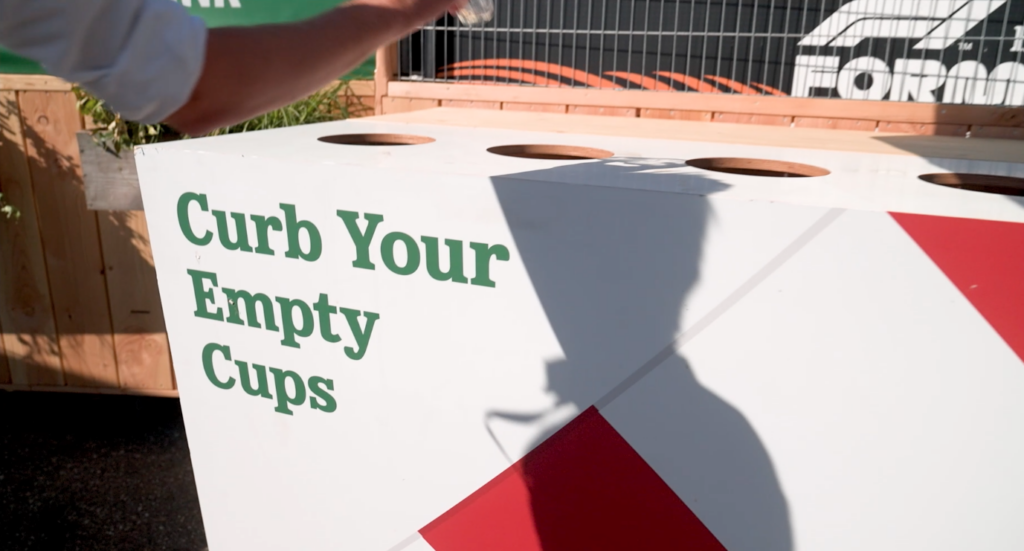It is important to recognise that, like any human activity, tourism also has the potential to produce pollution and contribute to climate change. This includes sports tourism, which has been growing rapidly over the last decade in all latitudes.
It seems that museums of societies, visits to sports facilities, events and, meet & greet are becoming increasingly popular choices for tourists.
It could be said that there is a growing link between a tourist destination and special moments or places, with a clear reference to sports. An example? Formula 1.
It is thought that during the sporting season, almost a billion fans travel to circuits around the globe to support their favourite athletes and experience unique emotions.
This figure refers exclusively to event tourism, excluding, for example, professionals (such as technicians, journalists, engineers, etc.), or other forms of tourism (visits to museums, memorabilia, etc.).
It is worth noting that any motorsport race has the potential to impact a larger number of people than other sporting events.
In light of this, Formula 1 has taken the initiative to improve the spectator experience and reduce environmental impact. The Dutch GP at Zandvoort, is a notable example of this approach.
With regard to the question of transportation, the event organisation has taken steps to offer a greater choice of sustainable mobility. This has had the welcome effect that in the 2023 edition, around 98% of members of the public reached the circuit by sustainable means of transport. According to official estimates:
- 50% of spectators used public transport (trains and buses);
- 30% preferred bicycles;
- 14% used a combination of means of transport;
- 5% reached the circuit on foot;
- 2% traveled by car, especially teams, media, and event participants.
The organisers have set themselves the admirable goal of achieving 100% sustainable transportation, as well as a continuous increase in the use of recyclable materials, such as tokens, cups and plates.

Formula 1 still has some way to go to achieve Net Zero Carbon by 2030, although it is encouraging to see that, compared to the governance of other major events like the Super Bowl or the World Cup (the latter of which presents a challenge in terms of environmental sustainability), there is a clear awareness of the need to protect the environment.
This is leading to significant changes across the entire Formula 1 industry.

